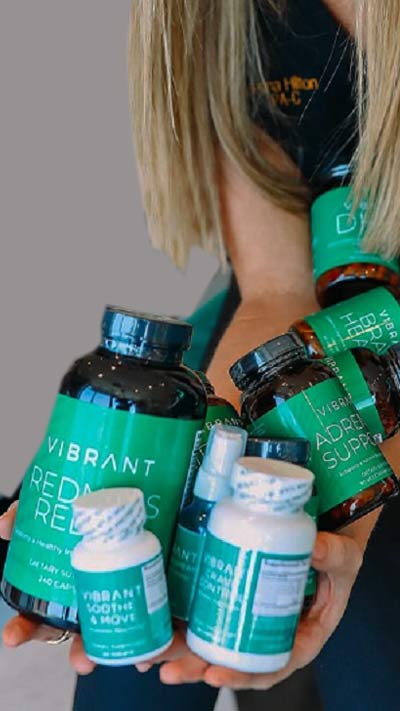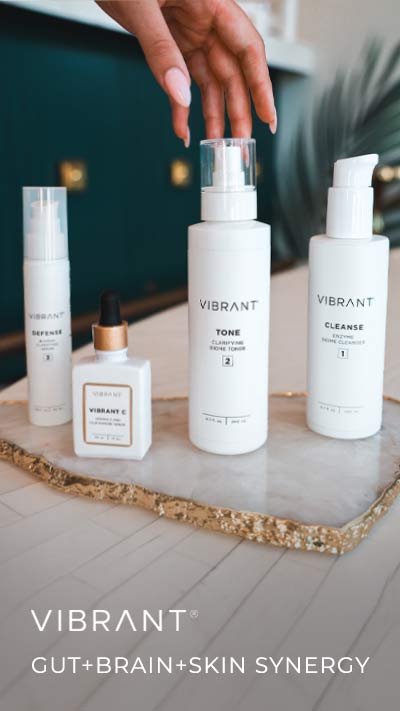Smooth, clear skin is a beauty goal many people struggle to attain as various minor or more pronounced skin imperfections stand in the way of their ideal.
This article focuses on blemish-prone skin, explains different types of blemishes and what causes them, and recommends treatments and lifestyle habits that can minimize them.
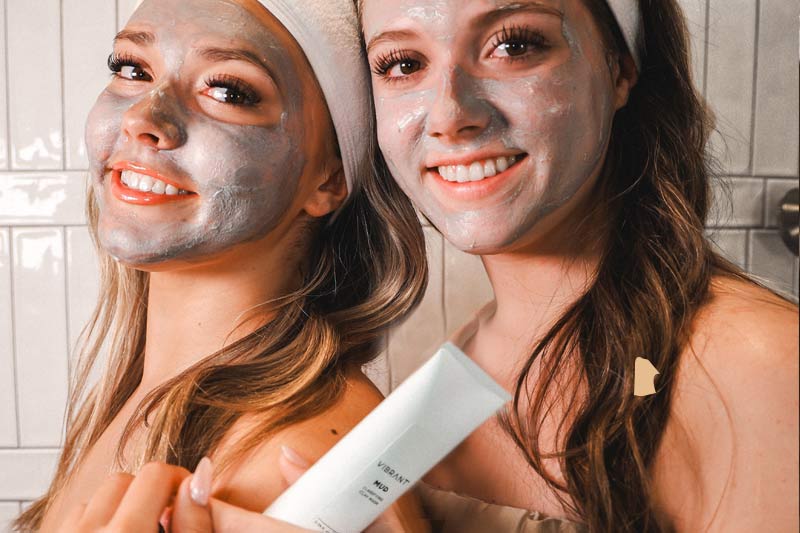
What Is Blemish-Prone Skin?
Blemish-prone skin is susceptible to recurring pimples, marks, bumps, and redness, which mar the skin’s tone and texture. Blemishes vary in size, prominence, and frequency of flare-ups. They can appear overnight, making it difficult to plan special occasions. They can also cause stress and lower one’s self-esteem.
How to Know if You Have Blemish-Prone Skin?
Blemish-prone skin is characterized by the occasional appearance of blackheads, whiteheads, pimples, and other skin imperfections. It is typically oily, shiny, and can be red and irritated.
Blackheads and Whiteheads
Blackheads and whiteheads are small bumps on the skin’s surface that form when sebum, dead skin cells, and dirt mix and block a hair follicle. Blackheads are dark because the clogged material is exposed to oxygen. Whiteheads are white or flesh-colored because they remain closed, preventing oxidization.
Pustules and Papules
Pustules and papules are raised and inflamed bumps on the skin’s surface, typically larger than blackheads and whiteheads. They are often painful. Pustules are filled with pus.
Cysts and Nodules
Cysts and nodules are severe forms of acne that develop deep underneath the skin. They are inflamed and can be painful, and they often leave scars. Nodules are firm, solid lumps, while cysts are soft and filled with pus.
Note: Learn about more types of acne (inflammatory and non-inflammatory).
Redness
Blemish-prone skin often exhibits red patches due to inflammatory processes underlying the development of acne. Some people are more prone to inflammation due to genetics, hormones, and other factors.
Hyperpigmentation
Blemishes can also include dark spots and other forms of hyperpigmentation. The skin is marked by areas of skin that are darker than the surrounding skin color.
What Causes Skin Blemishes?
Skin blemishes result from a complex interplay of various factors. They include:
Genetics
Family predisposition is one of the primary causes of acne and blemish-prone skin. People who have family members with recurring breakouts are more likely to develop the condition.
Stress
Stress raises cortisol levels, stimulating the skin glands to produce more oil (sebum) and triggering breakouts. Stress also induces inflammation and damages the gut barrier, disrupting the delicate balance of microorganisms in our gut and skin and causing various skin concerns, such as acne and blemishes.
Note: Learn how to lower cortisol levels to reduce inflammation and improve skin and overall health.
Microbiome Imbalances
Our skin and gut host a complex ecosystem of microorganisms (bacteria, yeasts, etc.) that regulate various bodily functions, including skin health. Disrupting the amount and variety of these microorganisms can lead to blemishes and other skin conditions.
Yeast
Candida, a type of yeast, can lead to a form of acne known as Candida Acne. Research indicates that Candida contributes to 80-90% of all blemishes, highlighting the importance of addressing this underlying issue in the quest for clear skin.
Candida overgrowth can be triggered by several factors, including the overuse of antibiotics—both orally and in certain foods—which disturbs the delicate microbiome of the gut, brain, and skin. Dietary sugar is another major contributor to Candida overgrowth as sugar feeds Candida, enabling it to proliferate and exacerbate skin issues. As Candida levels rise, blemishes often manifest, typically starting on the forehead and gradually making their way down the face.
Bacteria Helicobacter pylori (H. pylori)
Studies show that approximately 70% of people with blemish-prone skin may have an imbalance of H. pylori, a bacteria strain that can cause inflammation and upset the microbiome balance in the gut. This imbalance can lead to an increase in skin issues, including blemishes, as it may contribute to systemic inflammation.
Note: Learn about the role of our body’s microbiome in the gut-brain-skin axis.
Hormonal Imbalances
Hormonal imbalances are a key factor in the development of skin blemishes, particularly in areas such as the chin and around the mouth. These imbalances often occur during life stages like puberty, pregnancy, and menopause, when hormone levels naturally fluctuate.
External factors, such as exposure to endocrine disruptors from plastics, fluoride, soy, and heavy metals, can further disrupt the body’s hormonal equilibrium. Additionally, chronic stress, inflammation, and poor lifestyle habits, such as inadequate sleep or an unbalanced diet, can exacerbate hormonal disturbances. These shifts often trigger excess sebum production, which clogs pores and leads to blemishes or hormonal acne.
Vibrant DIM is crafted to support hormonal balance and promote healthy estrogen metabolism, helping you feel more in tune with your body’s natural rhythms.
Ready to feel your best? Shop Vibrant DIM now and support your hormonal health with confidence!
Environmental Pollution
Environmental pollution, including excessive sun exposure, air pollution, toxins in water and soil, and electronic blue light, can damage the skin. The harmful effects include excessive oil production, clogged pores, and breakouts.
Note: Learn more about how skin pollution damages the skin and what simple lifestyle changes can help detox the skin.
Diet
Industrial sugar, processed foods, trans fats, additives, and other ingredients that are considered unhealthy lead to inflammation, gut dysbiosis, and the proliferation of acne-causing bacteria. Blemishes can also occur due to other foods if a person is intolerant to a specific nutrient, such as lactose in dairy products.
Smoking
Smoking degrades the skin in many ways. It increases oxidative stress, reduces the skin’s nutrient supply, and promotes hormonal imbalances, which can cause or worsen existing acne and blemishes.
Medication
Possible side effects of some medications include skin flare-ups. Drugs that are more likely to cause or worsen blemishes and acne include corticosteroids, anticonvulsants, androgenic steroids, halogen compounds, lithium carbonate, some antibiotics, isotretinoin, and more.
Inadequate Skin Care
Inadequate skin care can contribute to the development of blemishes. Overuse of harsh ingredients disrupts the skin barrier, triggering irritation and increased sebum production. On the other hand, insufficient skin care allows dead skin cells, oil, and dirt to build up, clogging pores and causing breakouts.
Should I Pop a Blemish?
Popping, squeezing, and picking at a blemish only exacerbates the condition, especially if the blemish is new, red, or sore. Popping it pushes bacteria deeper into the skin, spreading the infection further and potentially causing scarring. Dermatologists recommend using blemish treatments and allowing the blemish to clear on its own.
How Do You Fix Blemish-Prone Skin?
Effective remedies for blemish-prone skin include microbiome-friendly skin care and targeted cosmetic treatments for acne and blemishes, combined with an improved diet and other lifestyle changes.
Blemish-Prone Skin Care
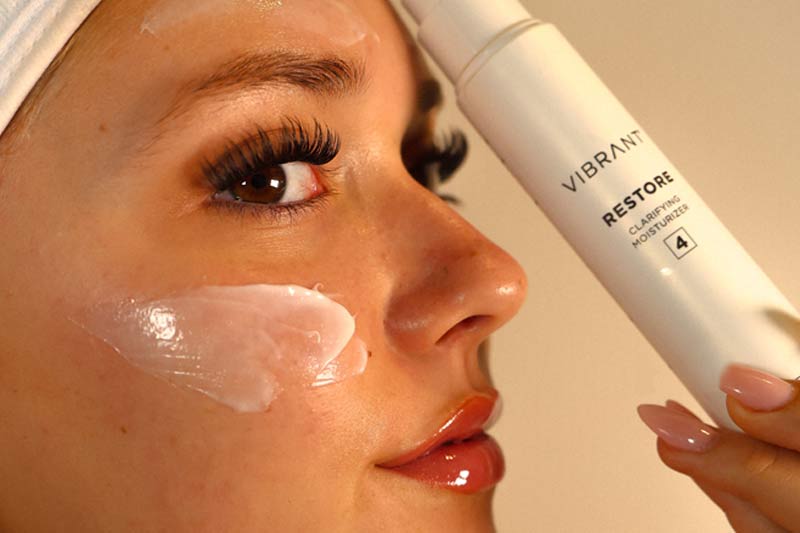
Innovative skincare solutions for blemishes include microbiome-friendly products that fight acne and blemishes while respecting the delicate balance of intestinal and skin flora. The products are formulated to nurture a healthy microbiome and a strong skin barrier, preventing the proliferation of acne-causing bacteria and inflammation.
Our recommendation is to use Vibrant’s Complete Blemish System, which consists of six products for the full daily and weekly skincare routine. Unlike traditional acne serums and creams that temporarily diminish symptoms, the Complete Blemish System is designed to eliminate the root causes of blemishes.
Vibrant Cleanse
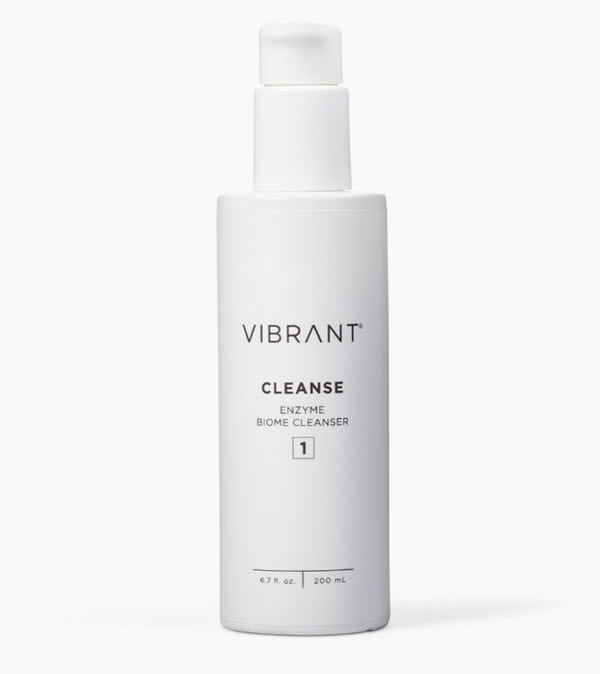
Vibrant Cleanse is a cleanser infused with prebiotics, probiotics, and postbiotics to support a healthy microbiome. It also contains natural enzymes like papaya and pineapple enzymes to promote skin cell turnover and a resilient natural skin barrier. Cleanse helps control sebum production, reducing oiliness and inflammation. It is best used in the morning and evening.
Vibrant Tone
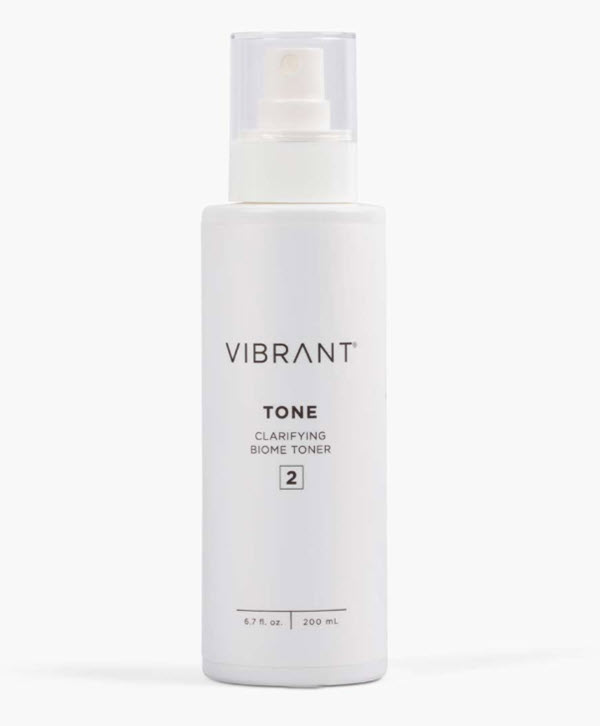
Vibrant Tone is a toner formulated with lemongrass hydrosol, niacinamide, and probiotics, all combined to enhance the skin’s barrier and provide antimicrobial and anti-fungal support. It helps balance sebum production, refreshing the skin and preparing it for more potent ingredients in the products that follow.
Vibrant Defense
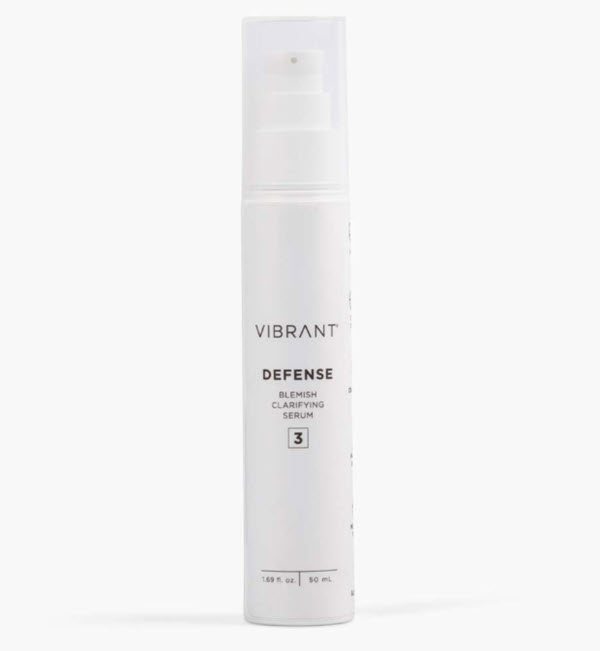
Vibrant Defense is a rich clarifying serum infused with microbiome-friendly and anti-aging ingredients, such as retinaldehyde, bakuchiol, beta-glucan, L. plantarum, totarol, zinc PCA, niacinamide, and chlorophyl copper complex. BioFense probiotic normalizes skin flora, reduces the size of blemishes, and increases barrier strength.
These ingredients help lower inflammation, regulate sebum production, strengthen the skin barrier, and eliminate harmful bacteria.
Vibrant Restore
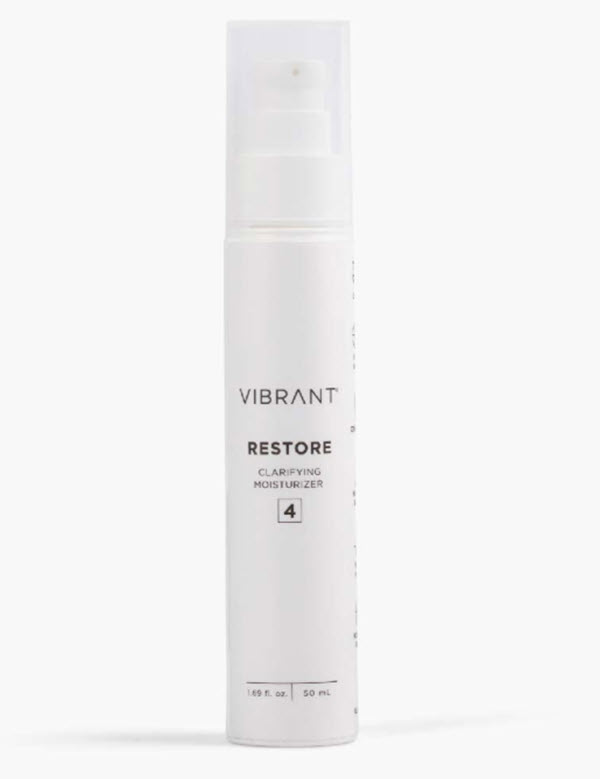
Vibrant Restore is a daily moisturizer designed to reduce the appearance of redness and blemishes while enhancing the skin’s natural repair mechanisms and hydration levels. It contains beta-glucan (20% more hydrating than hyaluronic acid), probiotics, and neurocosmetic ingredients, which calm and destress the skin, helping to restore a blemish-free complexion.
Note: Learn more about the differences between beta-glucan and hyaluronic acid.
The Complete Blemish System contains two other products that are used weekly or as needed.
Vibrant Mud
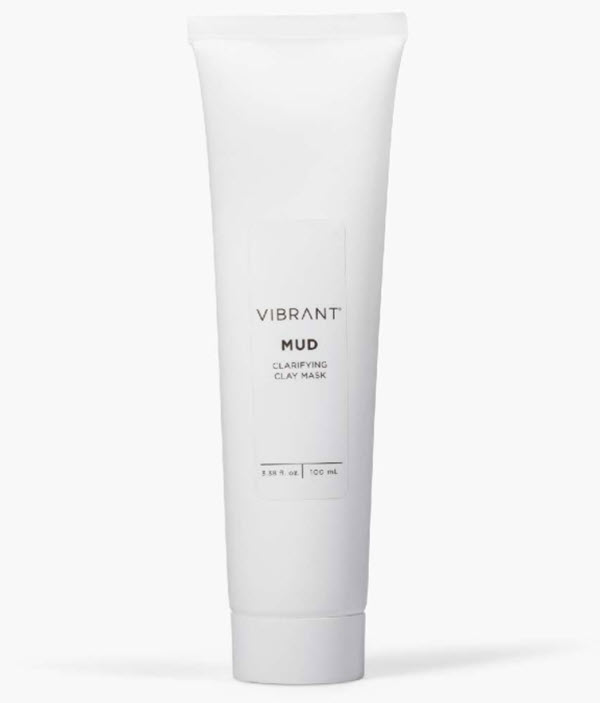
Vibrant Mud is a facial mask formulated with potent pore-unclogging bentonite clay, kaolin clay, and activated charcoal. It is enriched with botanical extracts and probiotics to soothe irritated skin, restore the skin’s natural microbiome, and moisturize the skin barrier for a refreshed, healthy complexion. It can be used 2-3 times per week.
Vibrant Spot On
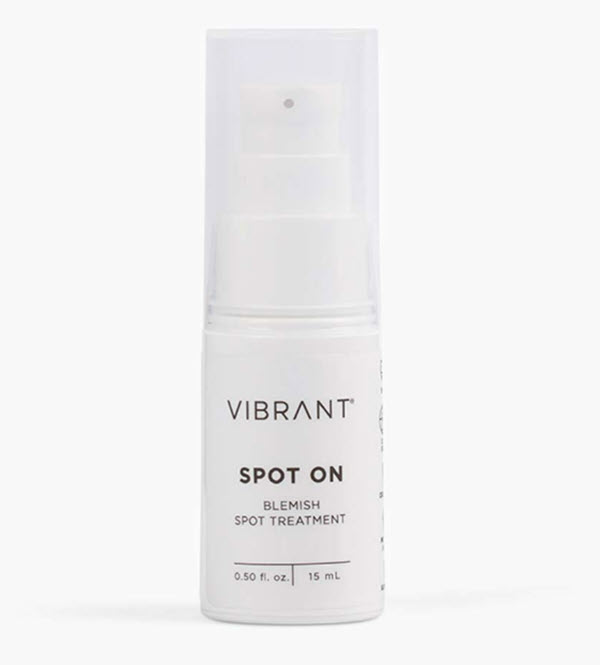
Vibrant Spot On is a spot treatment with potent anti-inflammatory and antibacterial ingredients, including niacinamide, mandelic acid, totarol, licorice root extract, and probiotic and prebiotic solutions (BioFense™️and Black BeeOme™️). It helps reduce the size of blemish lesions and aids in healing the post inflammatory discoloration, promoting overall skin health.
Apply 2-3 times per day.
Note: Learn more about these products and other helpful tips for blemish-prone skin care.
Blemish-Prone Skin Treatments
Severe and persistent blemishes and acne may require a more invasive approach than skin care. Patients can choose from the following treatments, depending on the type of blemishes and their severity.
- Facials – Professional facial treatments can address the cause of blemishes and reduce inflammation, oiliness, and breakouts, improving skin tone and texture.
- Lymphatic drainage – A type of massage, this holistic skin treatment helps move excess fluid (lymph) from tissues into the bloodstream, eliminating toxins and metabolic waste. Lymphatic drainage helps reduce inflammation and blemishes.
- Photofacial – Photofacials use a laser or LED device and light technology to eliminate acne-causing bacteria, calm inflammation, and rejuvenate the skin.
- Laser therapy – This treatment uses a laser to kill bacteria, stimulate collagen production, and promote new skin growth, improving many skin conditions, including acne, blemishes, and dark spots.
- RevitaPen facial infusion – A non-invasive treatment, RevitaPen works by creating micro-channels in the skin to deliver active ingredients without needles. It enhances product absorption, improves skin tone, reduces acne scarring and pore size, and prevents future breakouts.
Note: Book a free consultation with our skin professionals at Vibrant Skin Bar to find the best cosmetic solution for your blemish-prone skin.
Lifestyle Habits for Blemish-Prone Skin
Blemish treatments and skin care can help eliminate blemishes, but the results won’t last without permanent changes in lifestyle habits.
Diet Modification

The American Association of Dermatologists recommends decreasing the intake of foods with a high glycemic index (e.g., processed carbs like sweets and white flour) and dairy, because they contribute to hormonal imbalances and gut dysbiosis, leading to breakouts.
Avoid white bread, pasta, pastry, chocolate, sugary drinks, milk, yogurt, and cheese. Eat more fresh fruits and vegetables, healthy fats (e.g., avocado and olive oil), nuts, seeds, and lean meats.
Note: Anti-inflammatory diets are the best solution for blemish-prone skin. Learn more about how to prepare your meals according to anti-inflammatory diet principles.
No Smoking
Cigarettes promote inflammation and hormonal imbalances, potentially causing skin blemishes. It is best to stop smoking because cigarettes also increase the risk of many severe medical conditions, including heart and lung diseases.
Stress Relief
Elevated cortisol increases inflammation and sebum production and may cause acne and blemishes. Introduce daily stress-relieving practices, such as regular physical activity, meditation, massage, dancing, art, and other relaxing activities.
Skin Detoxification
Incorporating habits that detoxify the skin can visibly reduce skin imperfections. Besides a cleaner diet and avoiding stress, the following tactics can help clear the skin:
- Drinking more water
- Going to bed early and sleeping for 7-9 hours every night
- Taking gut-supporting and hormone-balancing supplements
- Limiting or eliminating alcohol consumption
- Incorporating weekly sauna sessions
How Long Does It Take for a Blemish to Fade?
The time it takes to eliminate blemishes depends on the type and severity of the blemish, as well as the treatment method used. Severe blemishes may take months to clear. Blackheads, whiteheads, and mild blemishes can be eliminated in several days with proper skin care and targeted spot treatments.
Conclusion
Dealing with blemish-prone skin can be challenging. Fortunately, today’s innovative skincare solutions, based on new research on the root causes of blemishes, are proving more effective than traditional treatments. They focus on maintaining a healthy gut-skin connection, helping to reduce inflammatory skin concerns and deliver a clear, more even-toned complexion.

